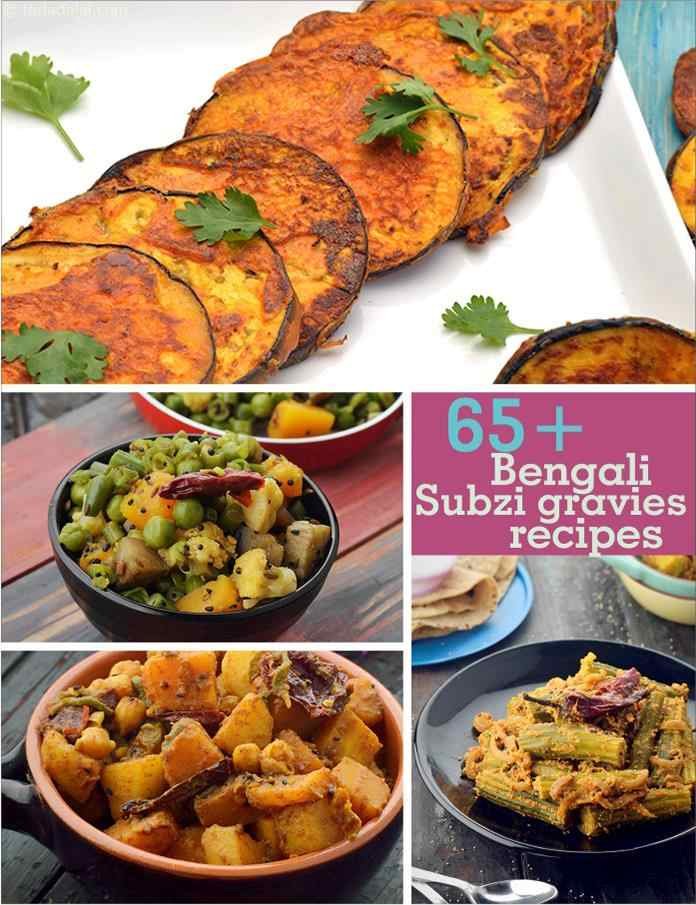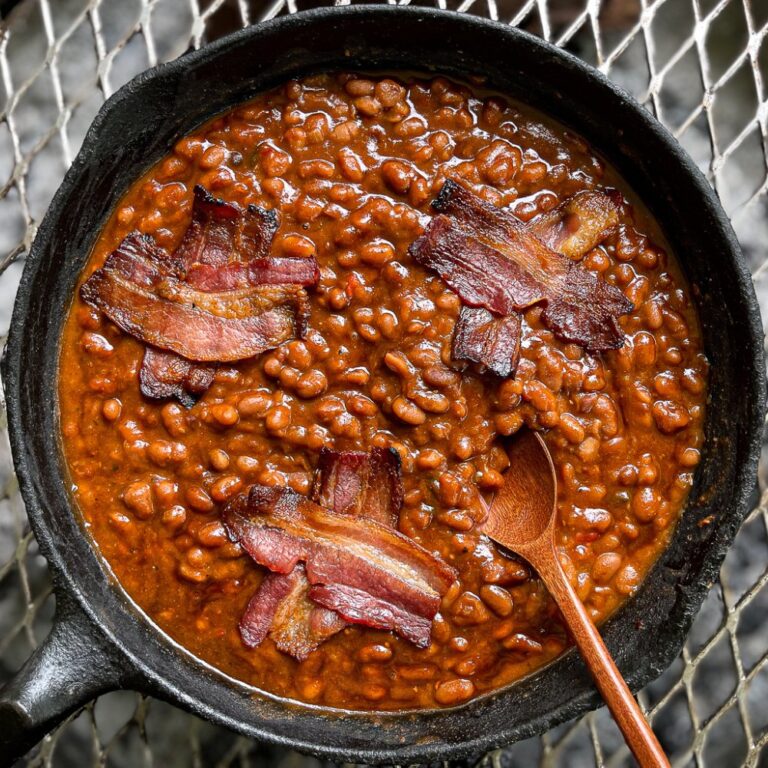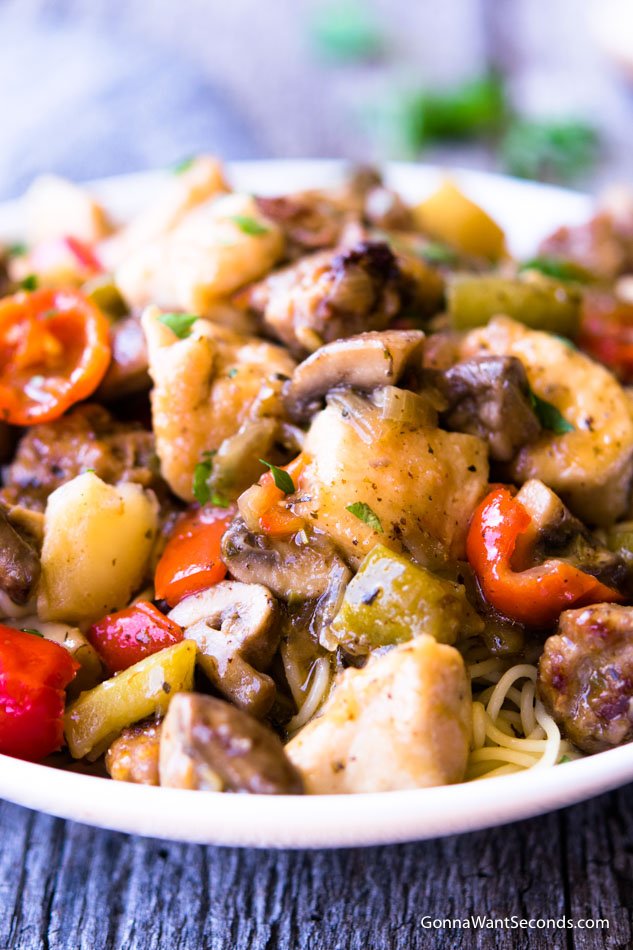Delicious Bengali Veg Recipes: A Traditional Delight
Looking for a delicious and authentic Bengali recipe that’s completely vegetarian? Look no further! Today, we bring you the perfect solution – Bengali Recipe Veg. This mouthwatering dish is a delightful combination of flavors and spices, sure to tantalize your taste buds. From the vibrant colors to the aromatic blend of herbs, this recipe is a true representation of the rich Bengali culinary heritage. So, if you’re ready to embark on a culinary adventure and savor the flavors of Bengal, join us as we explore the incredible world of Bengali Recipe Veg.
Bengali Recipe Veg: A Delicious Journey Through Bengali Vegetarian Cuisine
If you are a fan of vegetarian cuisine, then Bengali recipes are sure to delight your taste buds. Bengali cuisine is known for its rich flavors, unique spices, and diverse range of vegetarian dishes. From comforting curries to savory snacks, this culinary tradition offers a plethora of delightful options for veggie lovers. In this article, we will explore the world of Bengali recipe veg, taking a closer look at some popular dishes, their preparation methods, and the key ingredients that make them so special.
The Essence of Bengali Vegetarian Cuisine
Bengali cuisine is deeply rooted in tradition and the use of fresh vegetables is at the heart of every vegetarian dish. The region’s fertile land provides access to a wide variety of vegetables, which form the foundation of Bengali cooking. From leafy greens like spinach and mustard greens to root vegetables like potatoes and radishes, Bengali recipes highlight the natural flavors and textures of each vegetable.
One of the distinguishing features of Bengali vegetarian cuisine is the use of a five-spice blend known as “panch phoron.” This aromatic mix consists of equal amounts of fenugreek seeds, nigella seeds, cumin seeds, black mustard seeds, and fennel seeds. The combination of these spices adds a unique flavor profile to the dishes, setting Bengali cuisine apart from other regional Indian cuisines.
Must-Try Bengali Veg Recipes
Now let’s dive into some mouthwatering Bengali veg recipes that you can try at home. These recipes showcase the versatility and deliciousness of Bengali vegetarian cuisine:
1. Shorshe Diye Potol Bhaja (Pointed Gourd Stir-Fried in Mustard Sauce)
This classic Bengali dish features pointed gourd slices stir-fried in a delectable mustard sauce. The pungent flavors of mustard seeds blended with spices create a burst of flavors, while the tender texture of the potol (pointed gourd) adds a delightful contrast. This dish pairs well with steamed rice for a satisfying meal.
2. Aloo Potol Posto (Potato and Pointed Gourd Curry with Poppy Seeds)
Posto (poppy seed) is a quintessential ingredient in Bengali cuisine. In this recipe, potatoes and pointed gourd are cooked in a creamy poppy seed paste along with a hint of turmeric and other spices. The result is a comforting curry with a nutty flavor that perfectly complements the vegetables.
3. Shorshe Begun (Eggplant in Mustard Sauce)
Another flavorful dish that showcases the magic of mustard seeds is Shorshe Begun. Slices of eggplant are pan-fried and then simmered in a tangy mustard sauce, resulting in a dish that is both creamy and zesty. This recipe is a perfect example of the exceptional flavors achieved by using simple yet powerful ingredients.
4. Chholar Dal (Bengal Gram Lentil Curry)
Chholar dal is a popular Bengali lentil curry made with Bengal gram lentils. The dal is cooked to perfection with the addition of aromatic spices and a tempering of whole red chilies, cumin seeds, and bay leaves. This hearty and nutritious dish is often served with luchis (deep-fried puffed bread) or steamed rice.
5. Shobji Diye Bhaja Muger Dal (Moong Dal with Vegetables)
Muger dal, or split green gram dal, is cooked with a medley of vegetables to create a wholesome and flavorful dish. The vegetables, which can include cauliflower, carrots, peas, and beans, add a delightful crunch to the creamy dal. This dish is often enjoyed with steamed rice or rotis.
Key Ingredients in Bengali Vegetarian Cooking
To fully appreciate Bengali vegetarian cuisine, it’s essential to understand the key ingredients that give these dishes their unique flavors:
1. Mustard Seeds (Sarse)
Mustard seeds are a staple in Bengali cooking and are often ground into a paste to create a pungent and aromatic sauce. They add a distinct flavor and enhance the overall taste of various vegetable dishes.
2. Poppy Seeds (Posto)
Poppy seeds are commonly used in Bengali cooking to add a creamy and nutty texture to dishes. They are often ground into a paste and combined with other spices to create a flavor-packed base for curries.
3. Panch Phoron
As mentioned earlier, panch phoron is a five-spice blend consisting of fenugreek seeds, nigella seeds, cumin seeds, black mustard seeds, and fennel seeds. It is used as a tempering agent in many Bengali dishes, providing a burst of flavors with every bite.
4. Ghee and Mustard Oil
Ghee, a clarified butter, and mustard oil are the primary cooking fats used in Bengali vegetarian cuisine. They impart a rich, distinct flavor to the dishes and enhance the overall taste.
Tips for Cooking Bengali Veg Recipes
Here are some handy tips to keep in mind while preparing Bengali vegetarian dishes:
- Use fresh, seasonal vegetables to ensure the best flavors in your dishes.
- When using mustard seeds, it’s recommended to soak them in warm water for 15-20 minutes before grinding into a paste. This helps release their full flavor.
- Roast spices before using them in recipes to enhance their aroma.
- Balance the flavors of sweet, sour, and spicy by adjusting the amount of sugar, lemon juice, and chili according to your taste preferences.
- To make your dishes more aromatic, add a pinch of ghee or mustard oil at the end of the cooking process.
Bengali recipe veg offers a treasure trove of vegetarian dishes that combine flavorsome spices, fresh vegetables, and traditional cooking techniques. From the zingy mustard-infused curries to the creamy poppy seed-based gravies, Bengali cuisine has something to satisfy every palate. So, unleash your culinary skills and embark on a delicious journey through the flavors of Bengali vegetarian cooking. Elevate your cooking game by mastering these recipes and harnessing the essence of Bengali cuisine in your own kitchen.
Doi Begun—Brinjals/eggplants in a yoghurt sauce—Bengali vegetarian recipe
Frequently Asked Questions
What are some popular Bengali vegetarian recipes?
Some popular Bengali vegetarian recipes include Shorshe Ilish (Hilsa fish in mustard sauce), Aloo Posto (potatoes cooked in poppy seed paste), Cholar Dal (Bengali split chickpea curry), and Shorshe Phulkopi (cauliflower in mustard sauce).
How do I make Aloo Posto?
To make Aloo Posto, you will need peeled and cubed potatoes, poppy seeds, green chilies, mustard oil, and salt. First, soak the poppy seeds in warm water for 30 minutes and then grind them into a paste with green chilies. Next, heat mustard oil in a pan and add the potatoes. Fry them until golden brown and then add the poppy seed paste. Cook for a few minutes, adding water if necessary, and season with salt. Serve hot with steamed rice.
What is the key ingredient in Shorshe Ilish?
The key ingredient in Shorshe Ilish, a popular Bengali fish recipe, is mustard. The Hilsa fish is marinated and cooked in a sauce made with ground mustard paste, mustard oil, green chilies, and turmeric. The mustard adds a distinct and pungent flavor to the dish.
How do I make Cholar Dal?
To make Cholar Dal, you will need Bengal gram dal (chana dal), coconut, ghee, cumin seeds, ginger, bay leaf, cinnamon, cloves, green chilies, turmeric, sugar, salt, and garam masala. First, cook the dal until soft and then temper it with spices and coconut. Finally, garnish with ghee and garam masala. Cholar Dal is typically served with Luchi (deep-fried bread) or steamed rice.
Final Thoughts
Bengali recipes offer a delightful variety of vegetarian dishes that are packed with flavor and unique ingredients. From comforting daal and fragrant vegetable curries to crispy pakoras and refreshing chutneys, Bengali cuisine has something to satisfy every palate. With a focus on seasonal and locally sourced produce, Bengali vegetarian recipes are not only delicious but also nourishing. Whether you are a seasoned cook or new to Bengali cuisine, exploring these recipes will add a burst of flavors to your vegetarian cooking repertoire. So, if you are looking for diverse and tempting vegetarian options, Bengali recipe veg has got you covered!






